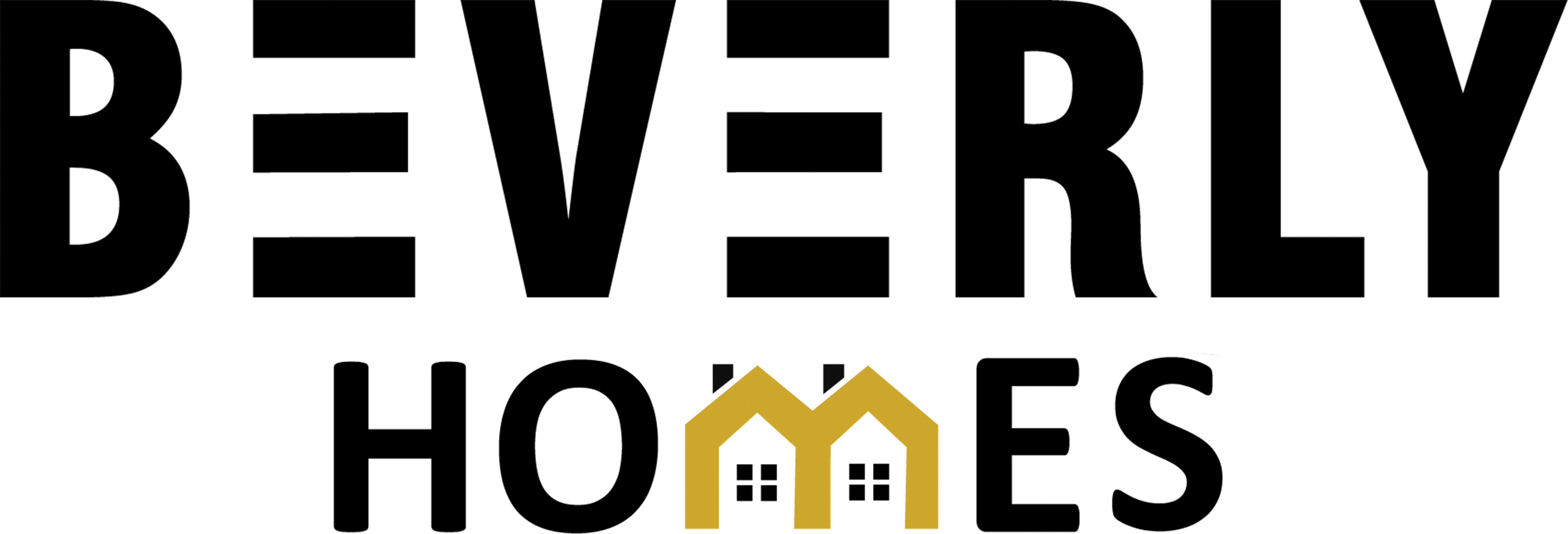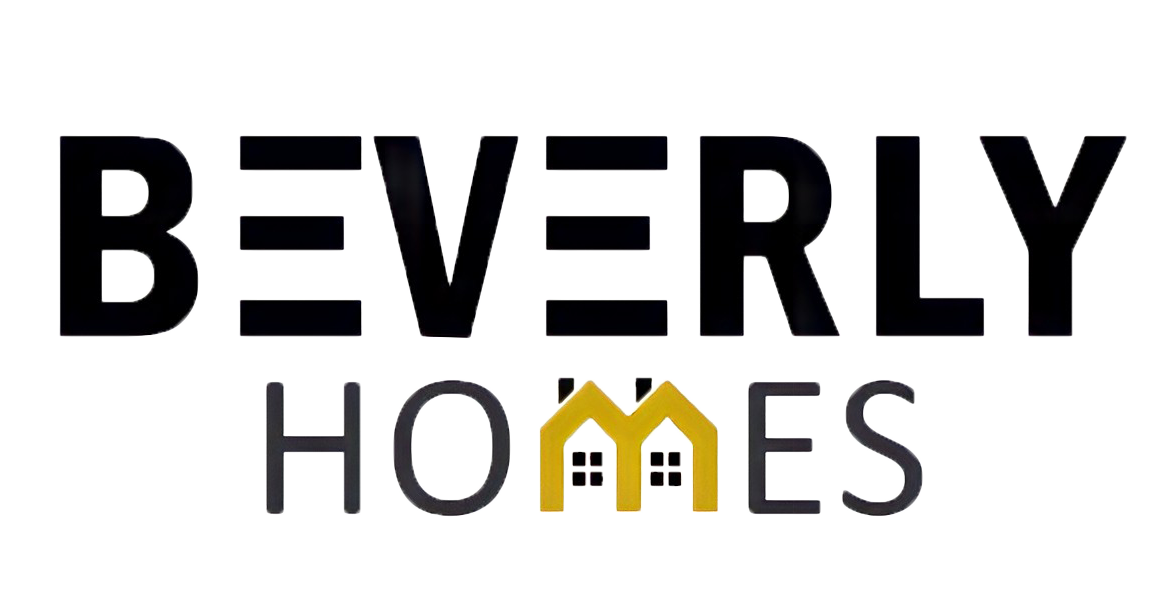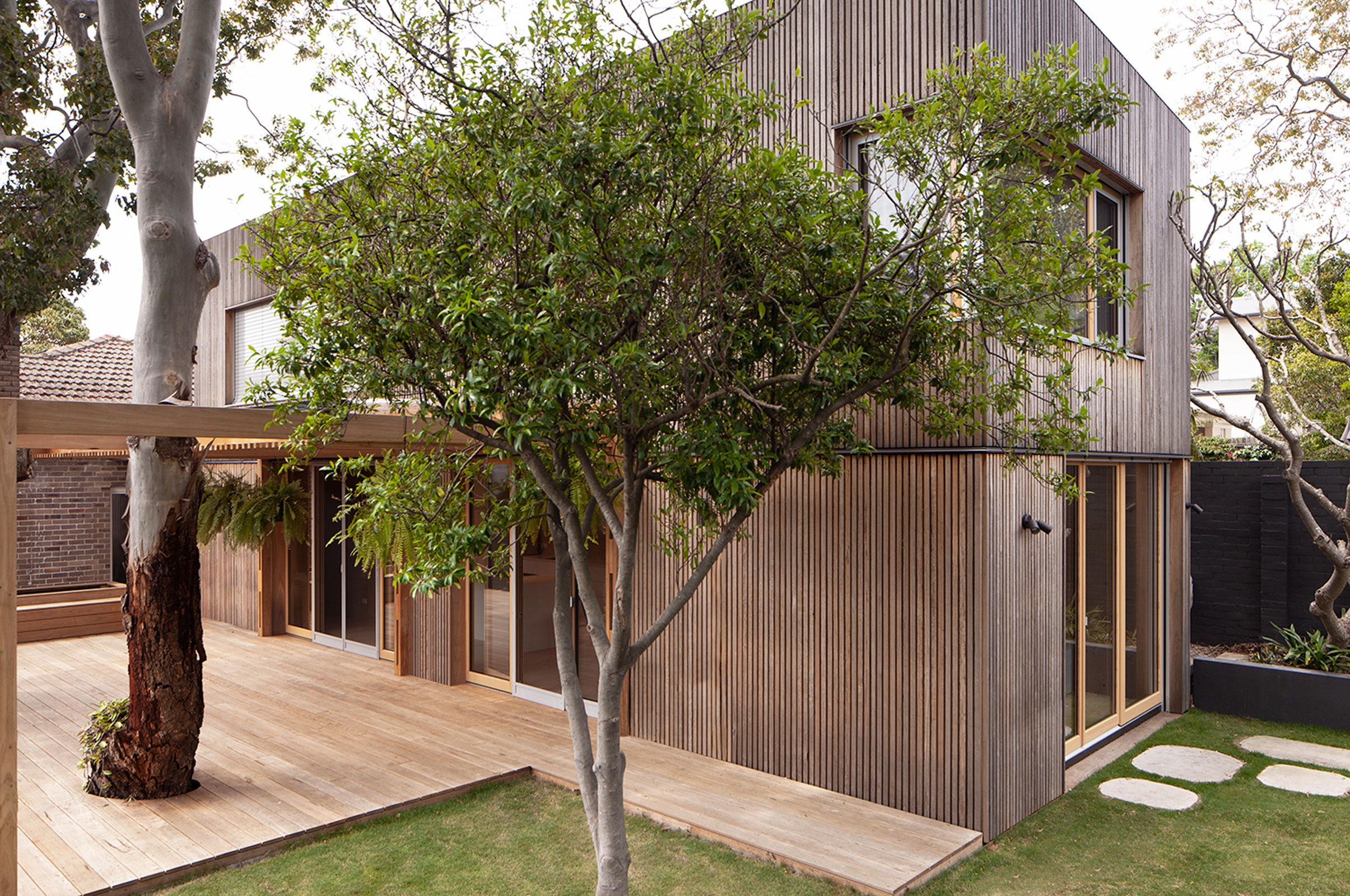Smart Homes, Green Living
Integrating Technology in Passive House Melbourne
Smart homes have become synonymous with modern living, offering convenience, efficiency, and a touch of luxury. In the pursuit of a greener and more sustainable lifestyle, the integration of technology into passive houses has emerged as a revolutionary concept. In this article, we will explore the synergy between smart homes and green living, with a specific focus on the integration of technology in Passive House Melbourne.
Introduction
Smart homes have evolved beyond the realm of futuristic fantasies, becoming an integral part of our daily lives. At the intersection of technological innovation and environmental consciousness lies the concept of integrating smart technology into passive houses. This marriage of convenience and sustainability holds the key to a more efficient and eco-friendly future.
What is a Passive House?
Before delving into the integration of technology, it’s crucial to understand the fundamentals of a passive house. Passive houses are designed to be highly energy-efficient, with a focus on minimizing energy consumption and maximizing comfort. These structures leverage advanced insulation, airtight construction, and strategic orientation to harness natural energy sources.
The Rise of Smart Homes
The evolution of smart home technology has been nothing short of remarkable. What started as simple automation has now blossomed into a sophisticated ecosystem that seamlessly integrates with our daily routines. From smart thermostats that learn our preferences to voice-activated assistants that control entire home systems, the rise of smart homes has transformed the way we interact with our living spaces.
Benefits of Passive Houses
Passive houses offer a myriad of benefits, both for the environment and the occupants. The primary advantage lies in significant energy savings, leading to a reduced carbon footprint. Additionally, the emphasis on airtight construction contributes to improved indoor air quality, creating a healthier living environment.
Challenges in Traditional Homes
Traditional homes, with their conventional construction methods, often contribute to energy inefficiencies and environmental concerns. From inadequate insulation to reliance on non-renewable energy sources, these homes face challenges in meeting the growing demand for sustainability.
Technology in Passive House Design
Smart technology plays a pivotal role in enhancing the efficiency of passive houses. Automated systems regulate temperature, lighting, and other essential functions, optimizing energy use without sacrificing comfort. Innovative solutions, such as smart windows that adjust transparency based on external conditions, further contribute to the passive design principles.
Energy-Efficient Appliances and Gadgets
Selecting energy-efficient appliances and gadgets is a crucial aspect of creating a truly green living space. From solar-powered chargers to smart refrigerators that adjust cooling settings based on usage patterns, every choice matters in reducing overall energy consumption.
Sustainable Materials in Construction
The materials used in construction significantly impact the sustainability of a passive house. Opting for eco-friendly materials, such as recycled steel and sustainable wood, not only reduces the environmental impact but also contributes to the overall health of the occupants.
Smart Lighting Systems
Lighting accounts for a substantial portion of a home’s energy consumption. Smart lighting systems, including LED technology and motion sensors, offer an efficient alternative. These systems not only save energy but also enhance the overall ambiance of the living space.
HVAC Systems in Passive Houses
Heating, ventilation, and air conditioning (HVAC) systems are crucial components in passive house design. Advanced technologies, such as geothermal heating and heat recovery ventilation, play a pivotal role in maintaining a comfortable indoor environment while minimizing energy usage.
Monitoring and Control Systems
The beauty of smart homes lies in the ability to monitor and control various systems with ease. Intuitive interfaces allow homeowners to track energy usage, adjust settings remotely, and even receive real-time updates on the overall performance of their passive house.
The Role of Renewable Energy
While passive houses are designed to minimize reliance on external energy sources, integrating renewable energy remains a key aspect. Solar panels, in particular, offer a sustainable and cost-effective solution, allowing homeowners to generate their electricity and contribute excess power back to the grid.
Cost Considerations
The upfront cost of implementing smart technology and passive design features may raise concerns for some homeowners. However, it’s essential to view this as a long-term investment. The reduced energy bills, along with potential government incentives and subsidies, make the transition to a smart, passive home financially viable.
Overcoming Common Misconceptions
As with any emerging technology, there are misconceptions surrounding passive houses and smart living. Addressing these myths, such as the notion that such homes are only for the affluent or that they sacrifice comfort for sustainability, is crucial in promoting widespread adoption.
Future Trends in Green Living
The landscape of green living is continually evolving. Emerging technologies, such as advanced energy storage systems and AI-driven home management, hint at a future where homes are not just energy-efficient but also intelligent in anticipating and adapting to our needs.
Conclusion
Integrating technology into passive houses is not just a trend but a necessary step towards a sustainable future. The marriage of smart homes and green living in Passive House Melbourne exemplifies the potential for a harmonious coexistence between modern comforts and environmental responsibility.







